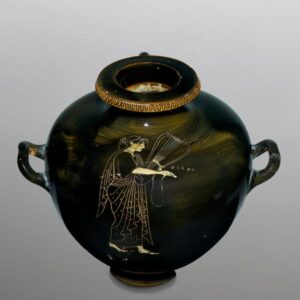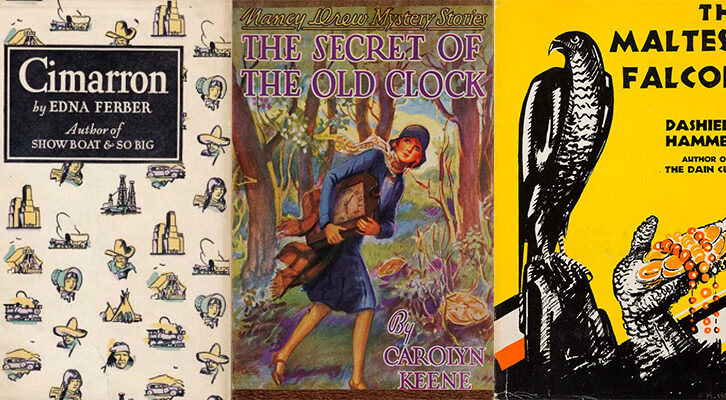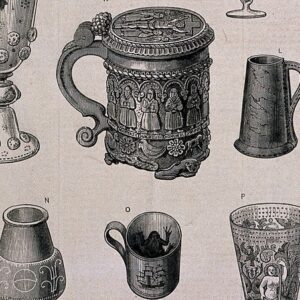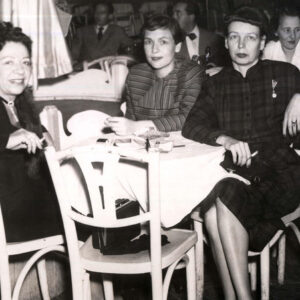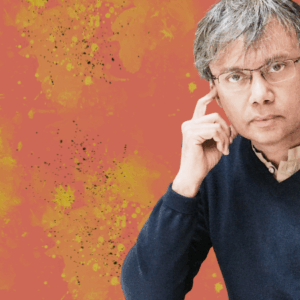
On the Importance of Holistic Thinking in Combating Addiction
Melody Glenn Asks Us to View the Opioid Epidemic Through an Expansive Lens
In her trailblazing 1987 text, Borderlands/La Frontera: The New Mestiza, Gloria Anzaldúa wrote, “Bridges span liminal spaces between worlds, spaces I call nepantla, a Nahuatl word meaning tierra entre medio. Transformations occur in this in-between space, an unstable, unpredictable, precarious, always-in-transition space lacking clear boundaries.”
That is, liminal spaces are where the magic happens, where creativity blooms. In contrast, borders—whether between gender, countries, ethnicities, or language—are no more than artificial constructs that narrow our vision.
Although people often believe that borders are designed to keep others out, more often, it is us that they keep trapped in.
Most obviously, there is the liminal region in which I live, one similar to the setting that inspired Anzaldúa: Tucson, Arizona, a borderland city where Mexican, American, and Indigenous cultures blend together. Every week, I meet with a Spanish tutor.
Over school vacations, my family and I are just as likely to road trip to the state of Sonora as we are to California. If you were to ask me the major cities of the Sonoran Desert, I would answer: Tucson, Hermosillo, and Phoenix.
Although people often believe that borders are designed to keep others out, more often, it is us that they keep trapped in.
In my life, liminality extends beyond simple geographies. In my career, I am constantly straddling the divide between physician and author. During my ER shifts, the urgency of life and death shoves every other worry out of my brain as I race to the trauma bay and care for critically ill patients.
During my writing time, I draft essays from a wicker loveseat in my desert garden as emerald hummingbirds sip nectar from the orange blossoms of a trumpet vine. Sometimes, I am a scientist designing research studies and interpreting their results for medical journals, other times, an artist combing through my early drafts for their deeper meaning or taking myself on “artist dates” to the modern art museum.
When I decided to pursue an MFA in creative writing during my medical fellowship, my supervisors urged me to enroll instead in a Master of Public Health. When I went up for promotion at the college of medicine, the committee did not understand the herculean work involved in finding an agent or signing a book deal, nor the value of a personal essay in a literary magazine.
When I applied for reimbursement for a writers’ conference, the hospital committee did not see how it was related to my clinical duties. Similarly, some writers don’t understand my “day job” at the hospital, seeing it as no more than a distraction from my art.
“True writers” wouldn’t be getting tangled up in other professional obligations like presenting at medical conferences. That is, peers from both camps would prefer that I stayed within the borders of their discipline. The problem is, I have a hard time seeing them, much less staying within them. And really, why would I want to?
My writing practice has made me a more artful physician, better able to understand the fears and desires of my patients and tailor my care to their needs. Similarly, my medical practice has added depth to my writing, giving me access to the world and all her characters in their shimmering complexities. And in both fields, working within the liminal space has allowed me to see things from a unique perspective.
In 2025, I won a national award for my innovative approach to blending addiction medicine with emergency medical services. Although it might seem obvious that patients with addiction might call 911, for over a century, addiction has been treated more as a moral failing or crime and less like the medical condition it actually is.
And so, most EMTs, paramedics, and medical directors have not learned that there are extremely effective treatments—buprenorphine, methadone, and naloxone—for treating opioid addiction and preventing fatal overdoses. Because of this ignorance, critical opportunities for engagement are often missed when an ambulance responds to a patient who has just overdosed.
It took someone working from within the nepantla between addiction and emergency medical services to see both the problem and its potential solution.
Perhaps unsurprisingly, my writing is no different; my forthcoming debut, Mother of Methadone, reflects both the liminal spaces of my career and of literary genre. I weave my own journey in addiction medicine with that of Dr. Marie Nyswander, a radical physician from the 1940s-1970s who broke boundaries time and time again to develop methadone maintenance as a treatment for heroin addiction.
My book is as much memoir as it is biography, and even history, using Nyswander’s story to illustrate our country’s century-long history of criminalizing addiction and its treatment. In short, it’s a book about the opioid epidemic told from a nontraditional approach.
According to Kirkus, my book is “an absorbing blend of memoir, history, and fiction.” When I first read that last word—fiction—I thought they had made a mistake. I wasn’t a fiction writer; my book had over three hundred citations! I had conducted exhaustive interviews and research!
Multidisciplinary problems require multidisciplinary solutions, reaching across borders to link those with expertise in psychology, neurology, pharmacology, history, economics, sociology, public health, the arts, and lived experience.
And although I included speculative scenes, I was practicing “critical fabulation,” a technique coined by the academic Saidiya Hartman to address absences found in an archival record that has historically prioritized the histories of men and white people. Once again, I found myself straddling a fuzzy divide that others saw as black and white.
But maybe I wasn’t the only one. During an artist residency in Mexico City last summer, one of the local artists scoffed, “Genre is just an American construct.” Another told me that the library where he works even mixes their fiction and nonfiction collections, as the line between them is so thin.
Currently, I’m reading Camila Sosa Villada’s Las Malas, a work that blends memoir with magical realism. The liminal form of Las Malas matches its subject matter: a community of trans women in Córdoba, Argentina who refuse to stick to the confines of binary genders. Literary genre, like gender, is a construct—one that perhaps us Americans have a harder time freeing ourselves from.
Similarly, the content of my book demands a cross-genre form. The opioid epidemic can be considered a “wicked problem“: dilemmas that are multifactorial, slippery to define, and even harder to solve. Logical, linear, well-defined processes can’t solve them, nor can the siloed thinking that we so often use. When we only see the problem through the narrow perspective offered by our discipline, we miss the complete picture.
In terms of the opioid epidemic, law enforcement thinks that Mexican cartels are the problem, addiction physicians think that the addicted brain is the problem, and harm reduction activists think that the criminalization of drugs is the problem. How can we come up with a comprehensive solution if we can’t even accurately see the issue?
To counteract the complexity and ambiguity of wicked problems, experts agree that we need a different approach: holistic thinking, innovation, and a broad collaboration with a wide range of stakeholders. We need to expand our vision.
Multidisciplinary problems require multidisciplinary solutions, reaching across borders to link those with expertise in psychology, neurology, pharmacology, history, economics, sociology, public health, the arts, and lived experience.
Similarly, a text grappling with a wicked problem shouldn’t stay limited by the narrow confines of literary genre, instead blending journalism, memoir, fiction, and narrative nonfiction. To envision the path forward, we need the power of liminal spaces.
______________________________

Mother of Methadone: A Doctor’s Quest, a Forgotten History, and a Modern-Day Crisis by Melody Glenn is available via Beacon Press.
Melody Glenn
Melody Glenn, MD, is a practicing addiction and emergency physician and assistant professor of psychiatry and emergency medicine at The University of Arizona. Her addiction research has been published in medical journals and presented nationally. She is the author of Mother of Methadone: A Doctor's Quest, a Forgotten History, and a Modern-Day Crisis.









